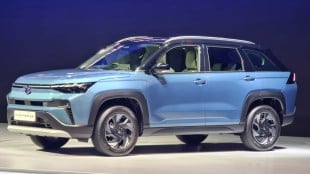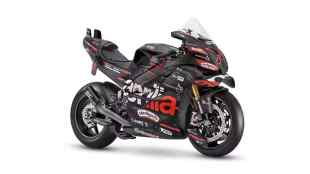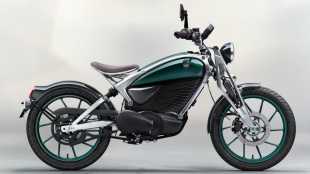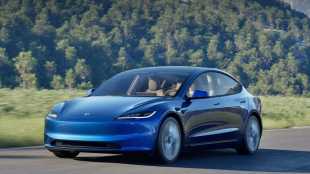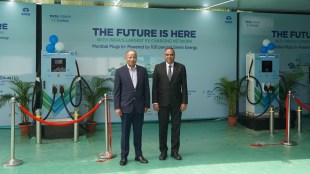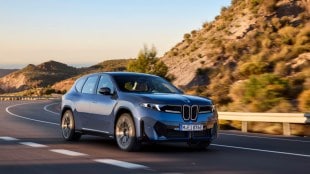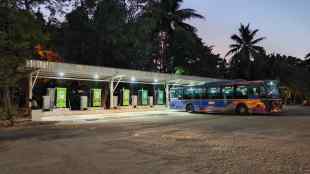The electric vehicle segment represents the final challenge for Hyundai India and has shown limited success for the company thus far. Its inaugural EV, the Kona, was introduced way beyond its time and didn’t significantly impact sales. The subsequent EV, the Ioniq, is a luxury vehicle with a price point that is inaccessible to the average consumer. To reverse its fortunes, Hyundai is placing its bets on its third EV, derived from its popular model, the Creta. This upcoming mid-size EV SUV is set to be the company’s first entry into the mass-market EV arena. Tarun Garg, CEO of Hyundai India, has recently confirmed that the Creta EV is scheduled for its global unveiling in January 2025. Here’s everything you need to know about the Creta EV.
Hyundai Creta EV: Battery Specifications
Hyundai has yet to officially disclose the battery specifications, but it is anticipated that the Creta EV will feature a 45 kWh battery similar to the entry-level Kona EV. This is expected to provide a driving range of approximately 450 km, with an output of 138 bhp and 255 Nm of torque. The Creta EV is set to compete with the MG ZS EV, Tata Curvv EV, and the forthcoming Maruti Suzuki eVX. The ZS EV operates on a 50.3 kWh battery, while Maruti’s debut EV will come with two battery options — 48 kWh and 60 kWh. Meanwhile, the newcomer, the Curvv EV, will offer two battery variants — 45 kWh and 55 kWh.
Hyundai Creta EV: Features
The heavily camouflaged Creta EV has been caught testing numerous times. Like any EV, it will sport an enclosed front nose and aerodynamically designed alloy wheels for better efficiency. Based on the spy shots, the Creta EV will get a brand-new steering wheel, a twin digital display — the infotainment system and the instrument cluster, front ventilated seats etc. The EV SUV will be equipped with Level 2 ADAS like its internal combustion engine sibling.
According to reports, the Creta EV is anticipated to be built on the modified ICE platform. As Hyundai’s first mass-market EV, it is expected to allow the company to set a competitive price point for the new vehicle.



